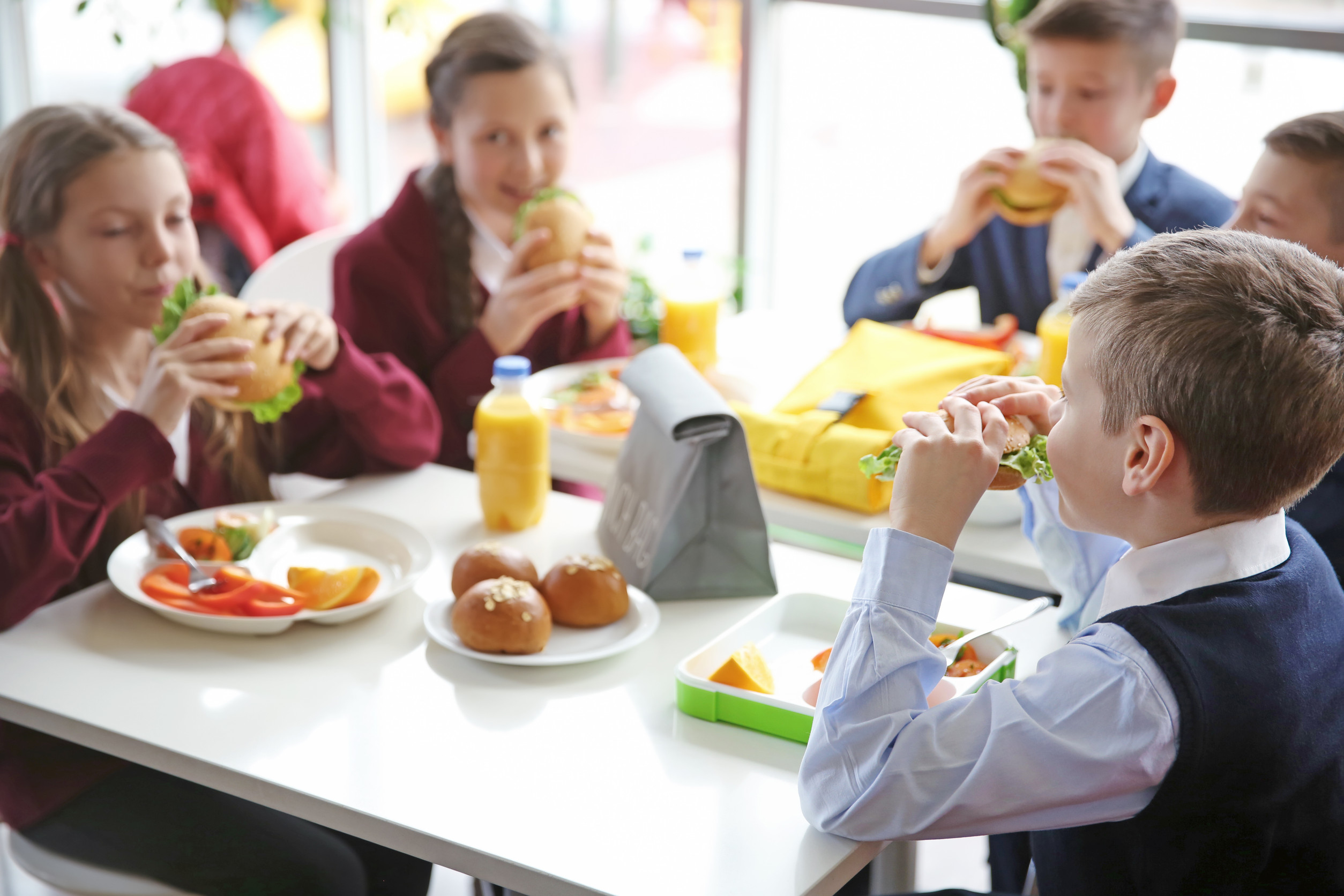
Walk down any grocery store aisle, and it’s clear: food packaging works hard to convince shoppers that what they’re buying is “healthy.” Buzzwords like “natural,” “whole grain,” and “low-fat” are plastered across boxes and bottles, pushing the narrative that these foods are smart, nutritious choices—especially for kids. But school nutrition policies tell a different story.
Across the United States, many items branded as health foods are banned from school cafeterias and vending machines, raising eyebrows among parents who once considered these staples safe. So, why are these so-called “healthy” foods off-limits where health should matter most?
1. Flavored Yogurts
Flavored yogurts are often sold as a high-protein, calcium-rich snack perfect for growing kids. But most varieties on store shelves are loaded with added sugars—sometimes more than a can of soda. Despite the presence of probiotics and dairy, the sugar content disqualifies them from many school meal programs. USDA guidelines cap added sugars in school meals, and flavored yogurts often exceed those limits. Schools require real nourishment, not dessert disguised as dairy.
2. Granola Bars
Granola bars are advertised as energy-boosting snacks made with oats, nuts, and fruit. While the base ingredients may sound wholesome, many granola bars are packed with added sugars, syrups, and even chocolate coatings. These treats often fall into the category of “candy bars in disguise,” offering minimal fiber and too much refined sugar. Because of their high sugar and fat content, many districts have pulled them from vending machines and snack lines. Schools need snacks that sustain energy—not spike and then crash.
3. Fruit Juice
Fruit juice seems like a natural choice—after all, it comes from fruit. But in reality, even 100% fruit juice delivers a heavy dose of sugar without the fiber found in whole fruits. Drinking juice can cause rapid blood sugar spikes, and it’s easy for kids to consume multiple servings in a single sitting. For this reason, many schools limit or outright ban fruit juice, offering water or whole fruit instead. The shift reflects a broader understanding that not all fruit-based products are equal.
4. Veggie Chips
Veggie chips are marketed as a lighter, healthier alternative to traditional potato chips. But most versions are still deep-fried or baked with added oils, and the vegetables they’re made from are usually processed beyond recognition. These chips often contain just as much sodium and fat as their potato counterparts. Because they provide little nutritional benefit and are often consumed like junk food, schools have removed them from lunch offerings. Real vegetables aren’t supposed to crunch like that out of a bag.

5. Diet Sodas and Sugar-Free Drinks
Diet sodas and sugar-free beverages are often seen as better choices than sugary drinks due to their lack of calories. However, these drinks contain artificial sweeteners like aspartame or sucralose, which are controversial and not recommended for children. Some studies have suggested that artificial sweeteners may interfere with appetite regulation or gut health. As a result, many school systems ban diet sodas outright, even in high schools. The focus has shifted from calorie-counting to overall nutritional quality.
Time to Rethink “Healthy”
What ends up in kids’ lunchboxes and on cafeteria trays matters. Foods that seem healthy at first glance often don’t meet the strict standards schools are required to follow, especially when it comes to sugar, sodium, and additives. This disconnect between marketing and actual nutrition highlights the importance of reading labels and understanding what makes food truly healthy. School bans aren’t about being overly strict—they’re about protecting long-term health.
Have thoughts on these surprising bans or questions about what counts as school-approved nutrition? Leave a comment and join the conversation.
Read More
10 Food Trends That Are Raising Health Alarms in 2025
7 Fast Food Ingredients That Are Banned in Other Countries
The post 5 Foods Marketed as Healthy That Are Banned in Schools appeared first on Everybody Loves Your Money.







